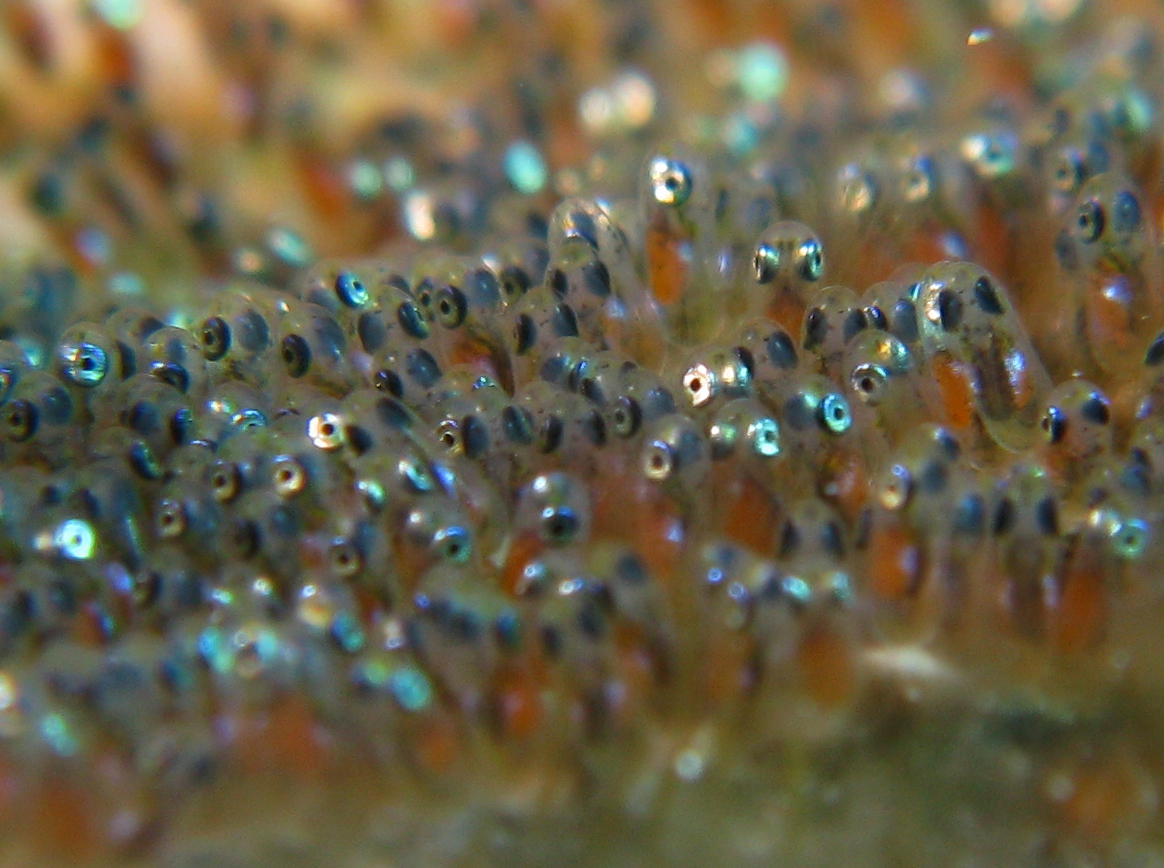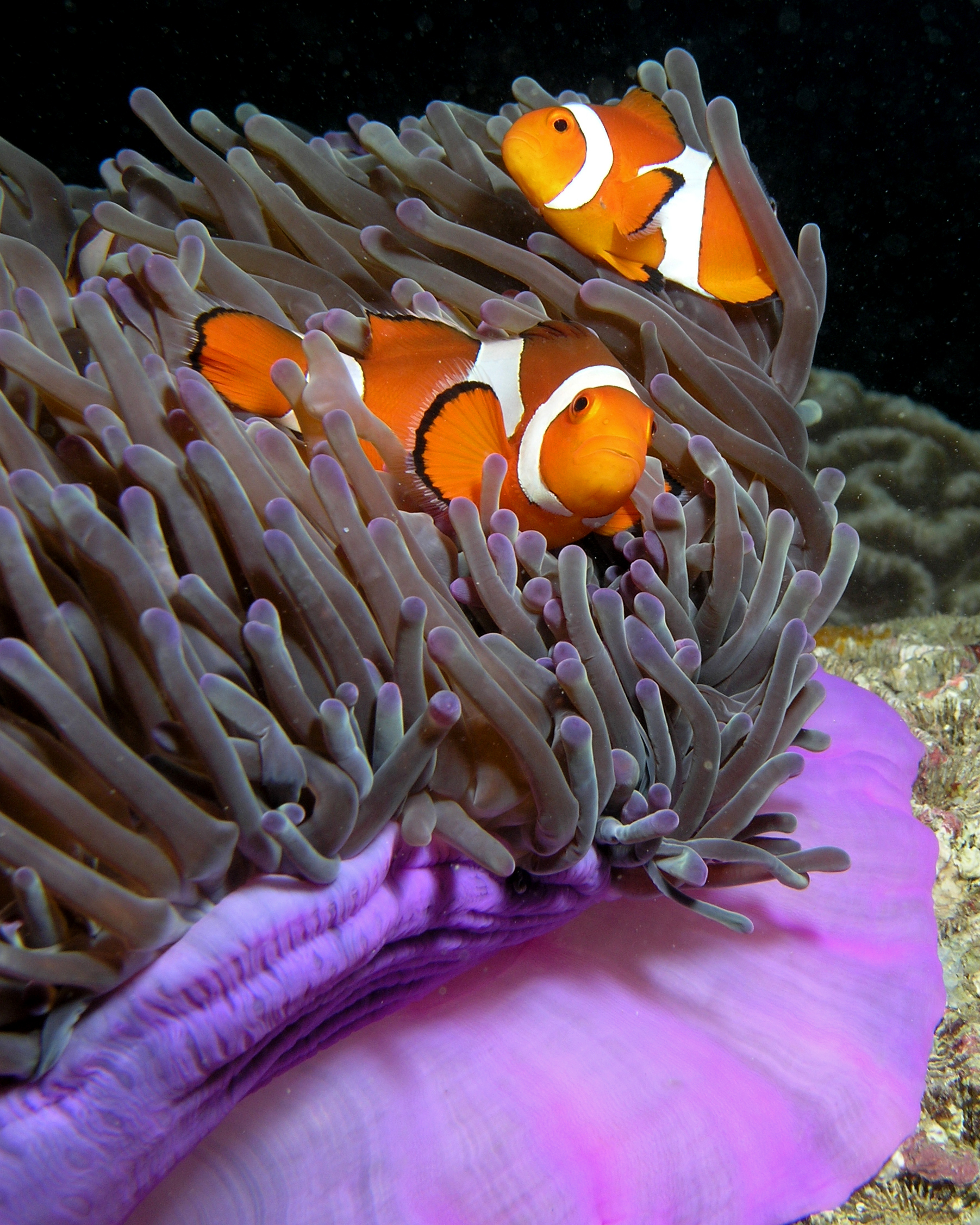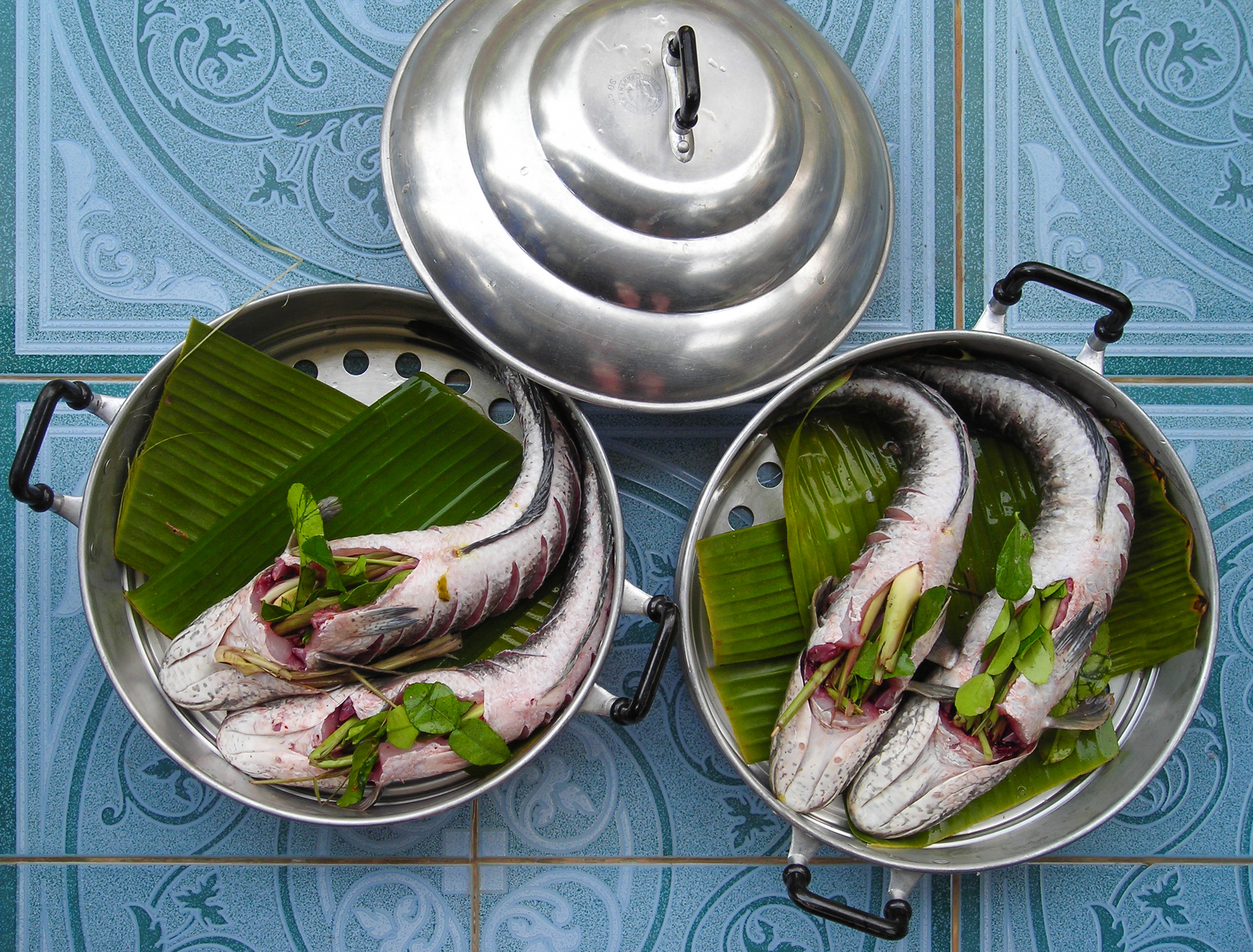|
Fat Snook
''Centropomus parallelus'' is a species of fish in the family Centropomidae, the snooks and robalos. It is known by several common names, including fat snook, smallscale fat snook, little snook, and chucumite. It is native to the western Atlantic Ocean and Gulf of Mexico, its distribution extending from southern Florida in the United States to southern Brazil near Florianópolis. Description This fish is generally up to 25 cm long, but it has been known to reach 72 cm. The maximum published weight is 5 kg. Like other snooks, it has a large head with a long, pointed snout and large, laterally positioned eyes. The large mouth has bands of villiform teeth. The body is yellowish brown to brownish green in color. It has a silvery sheen on the sides and belly and a dark line along the lateral line. Biology This fish can tolerate a wide range of salinities and can be found in fresh, brackish, and marine waters. It can venture into high-salinity lagoons. It lives in many kinds of coas ... [...More Info...] [...Related Items...] OR: [Wikipedia] [Google] [Baidu] |
Felipe Poey
Felipe Poey (May 26, 1799 – January 28, 1891) was a Cuban zoologist. Biography Poey was born in Havana, the son of French and Spanish parents. He spent several years (1804 to 1807) of his life in Pau then studied law in Madrid. He became a lawyer in Spain but was forced to leave due to his liberal ideas, returning to Cuba in 1823. He began to concentrate on the study of the natural science and traveled to France in 1825 with his wife. He began writing on the butterflies of Cuba and acquiring knowledge on fish, later supplying Georges Cuvier and Valenciennes with fish specimens from Cuba. He took part in the foundation, in 1832, of the Société Entomologique de France. Poey returned to Cuba in 1833 where he founded the Museum of Natural History in 1839. In 1842 he became the first professor of zoology and comparative anatomy at the University of Havana The University of Havana or (UH, ''Universidad de La Habana'') is a university located in the Vedado district of H ... [...More Info...] [...Related Items...] OR: [Wikipedia] [Google] [Baidu] |
Spawn (biology)
Spawn is the eggs and sperm released or deposited into water by aquatic animals. As a verb, ''to spawn'' refers to the process of releasing the eggs and sperm, and the act of both sexes is called spawning. Most aquatic animals, except for aquatic mammals and reptiles, reproduce through the process of spawning. Spawn consists of the reproductive cells (gametes) of many aquatic animals, some of which will become fertilized and produce offspring. The process of spawning typically involves females releasing ova (unfertilized eggs) into the water, often in large quantities, while males simultaneously or sequentially release spermatozoa ( milt) to fertilize the eggs. Most fish reproduce by spawning, as do most other aquatic animals, including crustaceans such as crabs and shrimps, molluscs such as oysters and squid, echinoderms such as sea urchins and sea cucumbers, amphibians such as frogs and newts, aquatic insects such as mayflies and mosquitoes and corals, which are actuall ... [...More Info...] [...Related Items...] OR: [Wikipedia] [Google] [Baidu] |
Sequential Hermaphroditism
Sequential hermaphroditism (called dichogamy in botany) is a type of hermaphroditism that occurs in many fish, gastropods, and plants. Sequential hermaphroditism occurs when the individual changes its sex at some point in its life. In particular, a sequential hermaphrodite produces eggs (female gametes) and sperm (male gametes) at different stages in life. Species that can undergo these changes from one sex to another do so as a normal event within their reproductive cycle that is usually cued by either social structure or the achievement of a certain age or size. In animals, the different types of change are male to female (protandry or protandrous hermaphroditism), female to male (protogyny or protogynous hermaphroditism), bidirectional (serial or bidirectional hermaphroditism). Both protogynous and protandrous hermaphroditism allow the organism to switch between functional male and functional female. Bidirectional hermaphrodites have the capacity for sex change in either direc ... [...More Info...] [...Related Items...] OR: [Wikipedia] [Google] [Baidu] |
Euryhaline
Euryhaline organisms are able to adapt to a wide range of salinities. An example of a euryhaline fish is the molly (''Poecilia sphenops'') which can live in fresh water, brackish water, or salt water. The green crab (''Carcinus maenas'') is an example of a euryhaline invertebrate that can live in salt and brackish water. Euryhaline organisms are commonly found in habitats such as estuaries and tide pools where the salinity changes regularly. However, some organisms are euryhaline because their life cycle involves migration between freshwater and marine environments, as is the case with salmon and eels. The opposite of euryhaline organisms are stenohaline ones, which can only survive within a narrow range of salinities. Most freshwater organisms are stenohaline, and will die in seawater, and similarly most marine organisms are stenohaline, and cannot live in fresh water. Osmoregulation Osmoregulation is the active process by which an organism maintains its level of water co ... [...More Info...] [...Related Items...] OR: [Wikipedia] [Google] [Baidu] |
Brine Shrimp
''Artemia'' is a genus of aquatic crustaceans also known as brine shrimp. It is the only genus in the family Artemiidae. The first historical record of the existence of ''Artemia'' dates back to the first half of the 10th century AD from Urmia Lake, Iran, with an example called by an Iranian geographer an "aquatic dog," although the first unambiguous record is the report and drawings made by Schlösser in 1757 of animals from Lymington, England. ''Artemia'' populations are found worldwide in inland saltwater lakes, but not in oceans. ''Artemia'' are able to avoid cohabiting with most types of predators, such as fish, by their ability to live in waters of very high salinity (up to 25%). The ability of the ''Artemia'' to produce dormant eggs, known as cysts, has led to extensive use of ''Artemia'' in aquaculture. The cysts may be stored indefinitely and hatched on demand to provide a convenient form of live feed for larval fish and crustaceans. Nauplii of the brine shrimp ''Arte ... [...More Info...] [...Related Items...] OR: [Wikipedia] [Google] [Baidu] |
Rotifer
The rotifers (, from the Latin , "wheel", and , "bearing"), commonly called wheel animals or wheel animalcules, make up a phylum (Rotifera ) of microscopic and near-microscopic pseudocoelomate animals. They were first described by Rev. John Harris in 1696, and other forms were described by Antonie van Leeuwenhoek in 1703. Most rotifers are around long (although their size can range from to over ), and are common in freshwater environments throughout the world with a few saltwater species. Some rotifers are free swimming and truly planktonic, others move by inchworming along a substrate, and some are sessile, living inside tubes or gelatinous holdfasts that are attached to a substrate. About 25 species are colonial (e.g., ''Sinantherina semibullata''), either sessile or planktonic. Rotifers are an important part of the freshwater zooplankton, being a major foodsource and with many species also contributing to the decomposition of soil organic matter. Most species of the r ... [...More Info...] [...Related Items...] OR: [Wikipedia] [Google] [Baidu] |
Nannochloropsis
''Nannochloropsis'' is a genus of algae comprising six known species. The genus in the current taxonomic classification was first termed by Hibberd (1981). The species have mostly been known from the marine environment but also occur in fresh and brackish water. All of the species are small, nonmotile spheres which do not express any distinct morphological features that can be distinguished by either light or electron microscopy. The characterisation is mostly done by rbcL gene and 18S rRNA sequence analysis. The algae of the genus ''Nannochloropsis'' differ from other related microalgae in that they have '' chlorophyll a'' and completely lack ''chlorophyll b'' and ''chlorophyll c''. In addition they are able to build up a high concentrations of a range of pigments such as astaxanthin, zeaxanthin and canthaxanthin. They have a diameter of about 2 to 3 micrometers and a very simple ultrastructure with reduced structural elements compared to neighbouring taxa. ''Nannochloropsis' ... [...More Info...] [...Related Items...] OR: [Wikipedia] [Google] [Baidu] |
Feed Conversion Ratio
In animal husbandry, feed conversion ratio (FCR) or feed conversion rate is a ratio or rate measuring of the efficiency with which the bodies of livestock convert animal feed into the desired output. For dairy cows, for example, the output is milk, whereas in animals raised for meat (such as beef cows,Dan Shike, University of IllinoiBeef Cattle Feed Efficiency/ref> pigs, chickens, and fish) the output is the flesh, that is, the body mass gained by the animal, represented either in the final mass of the animal or the mass of the dressed output. FCR is the mass of the input divided by the output (thus mass of feed per mass of milk or meat). In some sectors, feed efficiency, which is the output divided by the input (i.e. the inverse of FCR), is used. These concepts are also closely related to efficiency of conversion of ingested foods (ECI). Background Feed conversion ratio (FCR) is the ratio of inputs to outputs; it is the inverse of "feed efficiency" which is the ratio of outp ... [...More Info...] [...Related Items...] OR: [Wikipedia] [Google] [Baidu] |
Aquaculture
Aquaculture (less commonly spelled aquiculture), also known as aquafarming, is the controlled cultivation ("farming") of aquatic organisms such as fish, crustaceans, mollusks, algae and other organisms of value such as aquatic plants (e.g. lotus). Aquaculture involves cultivating freshwater, brackish water and saltwater populations under controlled or semi-natural conditions, and can be contrasted with commercial fishing, which is the harvesting of wild fish. Mariculture, commonly known as marine farming, refers specifically to aquaculture practiced in seawater habitats and lagoons, opposed to in freshwater aquaculture. Pisciculture is a type of aquaculture that consists of fish farming to obtain fish products as food. Aquaculture can also be defined as the breeding, growing, and harvesting of fish and other aquatic plants, also known as farming in water. It is an environmental source of food and commercial product which help to improve healthier habitats and used to reco ... [...More Info...] [...Related Items...] OR: [Wikipedia] [Google] [Baidu] |
Fish Farming
upright=1.3, mariculture.html" ;"title="Salmon farming in the sea (mariculture">Salmon farming in the sea (mariculture) at Loch Ainort, Isle of Skye, Scotland Fish farming or pisciculture involves commercial animal husbandry, breeding of fish, usually for food, in fish tanks or artificial pen (enclosure), enclosures such as fish ponds. It is a particular type of aquaculture, which is the controlled cultivation and harvesting of aquatic animals such as fish, crustaceans, molluscs and so on, in natural or pseudo-natural environment. A facility that releases juvenile fish into the wild for recreational fishing or to supplement a species' natural numbers is generally referred to as a fish hatchery. Worldwide, the most important fish species produced in fish farming are carp, catfish, salmon and tilapia. Global demand is increasing for dietary fish protein, which has resulted in widespread overfishing in wild fisheries, resulting in significant decrease in fish stocks and ev ... [...More Info...] [...Related Items...] OR: [Wikipedia] [Google] [Baidu] |
Fish (food)
Many species of fish are caught by humans and consumed as food in virtually all regions around the world. Fish has been an important dietary source of protein and other nutrients throughout human history. The English language does not have a special culinary name for food prepared from fish like with other animals (as with '' pig'' vs. ''pork''), or as in other languages (such as Spanish '' pez'' vs. '' pescado''). In culinary and fishery contexts, ''fish'' may include so-called shellfish such as molluscs, crustaceans, and echinoderms; more expansively, seafood covers both fish and other marine life used as food. Since 1961, the average annual increase in global apparent food fish consumption (3.2 percent) has outpaced population growth (1.6 percent) and exceeded consumption of meat from all terrestrial animals, combined (2.8 percent) and individually (bovine, ovine, porcine, etc.), except poultry (4.9 percent). In '' per capita'' terms, food fish consumption has grown ... [...More Info...] [...Related Items...] OR: [Wikipedia] [Google] [Baidu] |
Crustacean
Crustaceans (Crustacea, ) form a large, diverse arthropod taxon which includes such animals as decapods, seed shrimp, branchiopods, fish lice, krill, remipedes, isopods, barnacles, copepods, amphipods and mantis shrimp. The crustacean group can be treated as a subphylum under the clade Mandibulata. It is now well accepted that the hexapods emerged deep in the Crustacean group, with the completed group referred to as Pancrustacea. Some crustaceans ( Remipedia, Cephalocarida, Branchiopoda) are more closely related to insects and the other hexapods than they are to certain other crustaceans. The 67,000 described species range in size from '' Stygotantulus stocki'' at , to the Japanese spider crab with a leg span of up to and a mass of . Like other arthropods, crustaceans have an exoskeleton, which they moult to grow. They are distinguished from other groups of arthropods, such as insects, myriapods and chelicerates, by the possession of biramous (two-parted) l ... [...More Info...] [...Related Items...] OR: [Wikipedia] [Google] [Baidu] |






